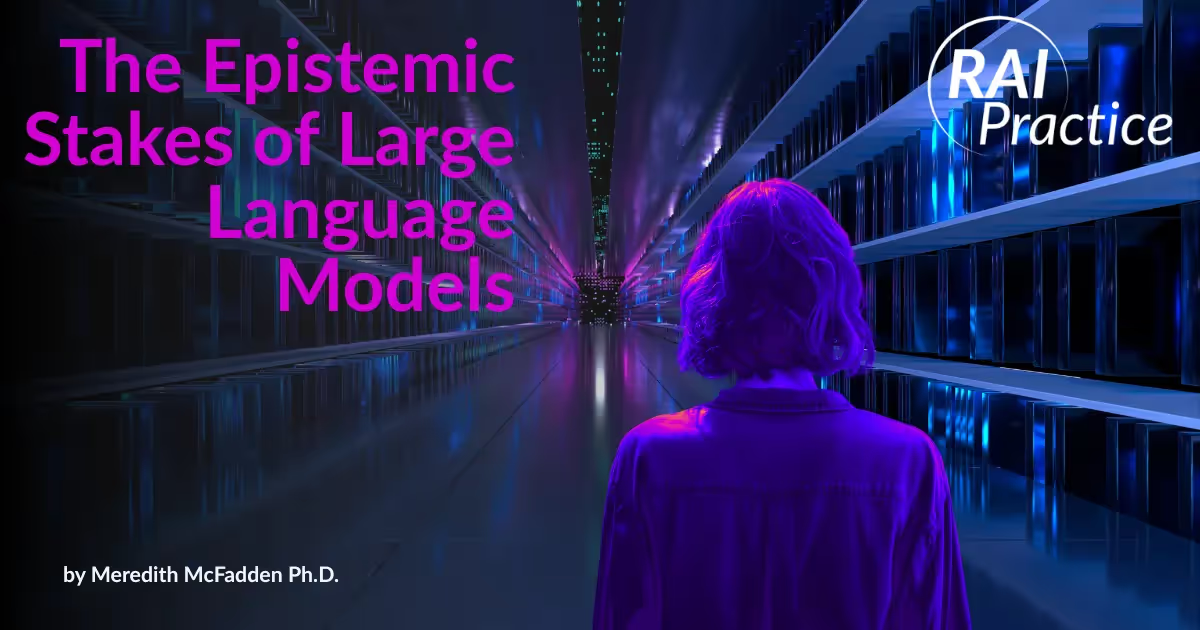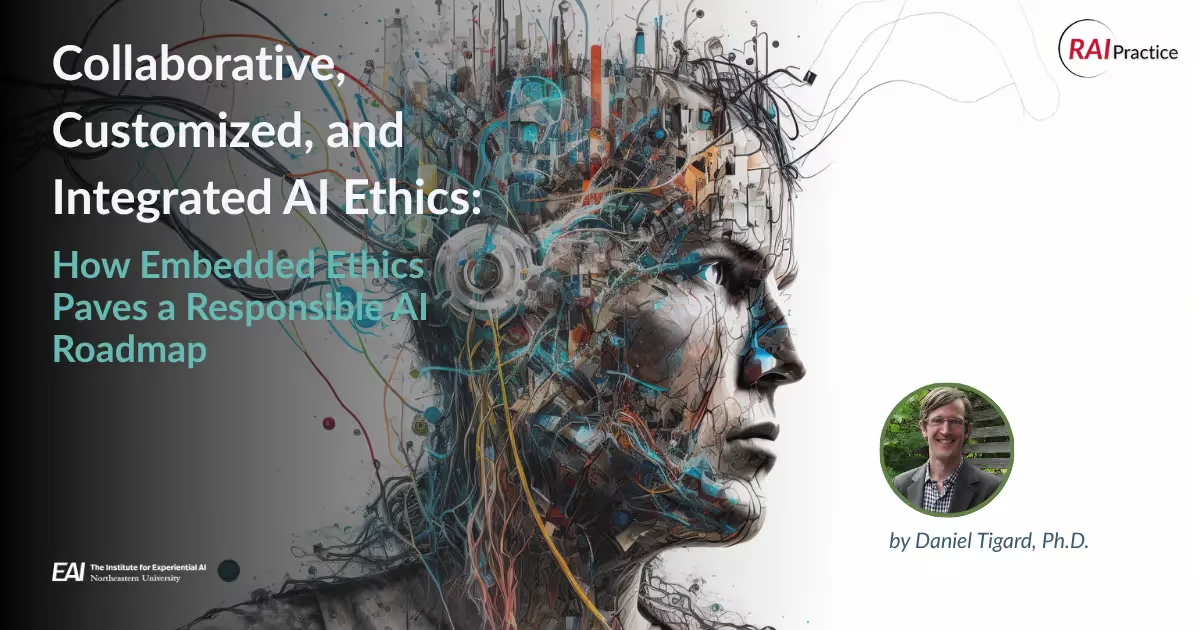Augmenting Talent from Within: How AI, Data Literacy, and Intrapreneurship Are Reshaping Work
.avif)
This article is based on an event recorded live via Teams on October 15, 2025.
AI is not replacing people; it is amplifying what people can do. That was the central message from Augmenting Talent from Within, a panel featuring Tom Davenport, Dan Koloski, Chris Torina, and Berkeley Almand-Hunter, hosted by Northeastern University’s Roux Institute. The conversation explored how organizations can use AI, data literacy, and intrapreneurial thinking to turn human capability into measurable business outcomes.
From Analytics to AI: Tom Davenport on What Has Changed and What Hasn’t
Tom Davenport, Babson College professor and one of the world’s leading thinkers on analytics, reminded attendees that the roots of AI come from decades of data-driven decision-making.
“Analytical AI hasn’t gone away,” he said. “Predictive analytics, using data from the past to make better decisions about the future, still delivers some of the most tangible value for organizations.”
While generative AI often captures the spotlight, Davenport noted that companies still rely on analytical AI in high-value areas such as credit risk, fraud detection, and process optimization.
He encouraged firms to look beyond individual productivity gains and focus on enterprise-level initiatives that connect AI directly to measurable outcomes. “Saving a million minutes doesn’t matter if no one knows what those minutes were used for,” he said.
The Case for Structured Innovation: Chris Torina on Intrapreneurship
For Chris Torina, Director of Entrepreneurship at The Roux Institute, innovation succeeds when it becomes a core business function rather than a side project.
“The most successful companies treat innovation as structured and intentional,” Torina said. “They create dedicated innovation labs or venture studios that align with their core business, not compete with it.”
He highlighted partnerships with Avangrid Energy and Graybar Electric, where employees are encouraged to identify daily challenges and prototype solutions.
The biggest challenge, Torina said, is cultural. “Firms have to create safe spaces for experimentation,” he explained. “Celebrate the learning, not just the outcomes.”
Building AI Capability Across Every Role: Berkeley Almand-Hunter on Data Literacy
Dr. Berkeley Almand-Hunter, Technical Director of Partner Products at the Roux Institute, outlined five key roles that shape a company’s AI maturity:
- Leaders who champion responsible adoption and communicate its importance
- Business Partners who turn data insights into decisions
- Curators who ensure data reliability and accessibility
- Practitioners such as analysts and engineers who operationalize AI
- Data Citizens, meaning everyone who needs basic data literacy and prompt skills
Almand-Hunter emphasized that experiential education is the most effective way to build these capabilities.
“When people learn using their company’s own data and challenges, engagement and retention skyrocket,” she said. “Around 80% of our learners tell us their coursework directly improves their job performance.”
Human in the Loop: Why Automation Still Needs Us
Davenport noted that fully autonomous AI is still a long way off and can be risky when used without oversight.
“AI is not great at realizing when the world has changed,” he said. “Humans are still essential to monitor, validate, and innovate.”
Almand-Hunter added that firms should map workflows to identify where accuracy is critical and where small errors are tolerable. “You probably don’t want a hallucination deciding someone’s loan,” she said.
The Sustainability Factor: Making AI Greener and Smarter
Both Davenport and Almand-Hunter discussed the hidden costs of AI, especially energy use. Large language models require enormous power, and organizations should prioritize efficiency by using smaller, purpose-built models.
“Bigger does not always mean better,” Davenport said. “Targeted, fine-tuned models often produce better answers and use a fraction of the energy.”
Almand-Hunter offered small behavioral tips, such as turning off unnecessary AI-powered search features or limiting image generation.
Human First, Then AI: A Balanced Mindset
Torina urged teams to begin with people before technology.
“Sometimes the best solution is a conversation,” he said. “AI should enhance human creativity and collaboration, not replace them.”
He noted that Roux workshops on prompt engineering and AI-supported design thinking help organizations find that balance, using AI to strengthen rather than replace human judgment.
Looking Ahead: Avoiding the Next AI Winter
Davenport closed with a realistic but optimistic outlook.
“Yes, the hype will cool. That always happens. But AI is not going back in the barn. We will keep evolving, combining human judgment, analytics, and automation in smarter ways.”
The panel agreed: the organizations that succeed will not be those that automate the most, but those that learn the fastest.
Bringing These Ideas to Life at Northeastern
The themes discussed by Tom, Chris, and Berkeley are at the center of Northeastern University’s work with industry. Through Custom Learning programs, organizations can upskill teams in AI, data literacy, and leadership using their own data and challenges. The AI Solutions Hub helps companies turn ideas into production-ready AI systems that deliver measurable ROI. Our Entrepreneurship programs guide employees in developing new solutions from within their organizations, while the Responsible AI Practice ensures that innovation stays transparent, responsible, and sustainable.
Watch the Full Discussion
Explore More from Northeastern University
.avif)


.avif)

